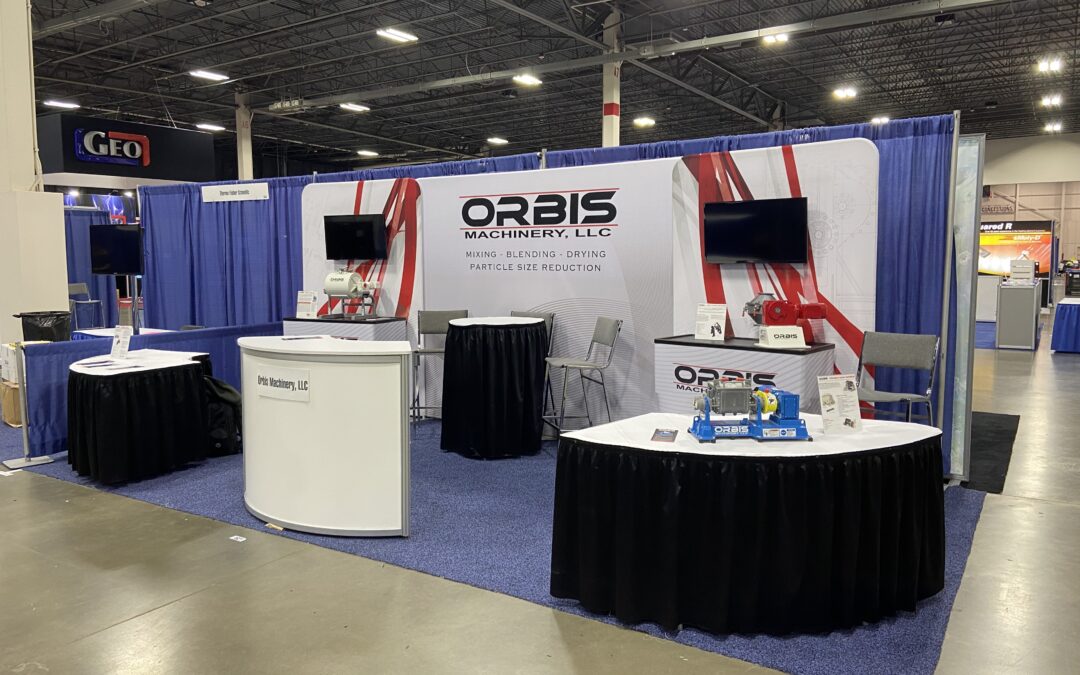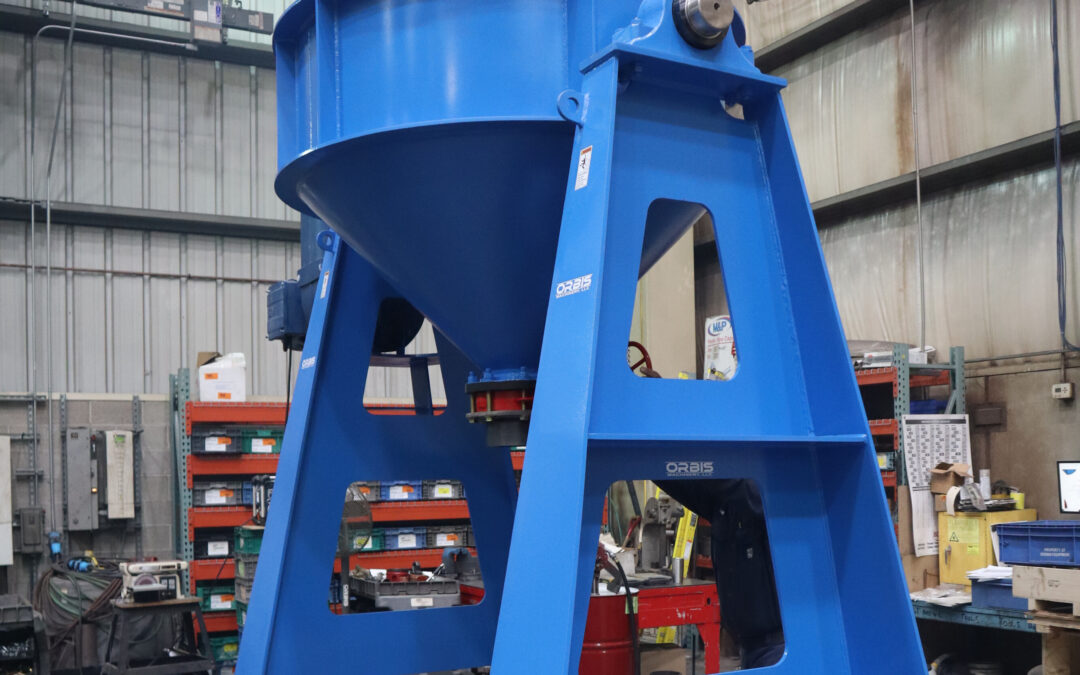Comparing Blending Options
At the core of every raw material transformation process lies blending. Getting the right blender is one of the best investments a manufacturer can make. There are different types of industrial blenders. The ability of a blender to mix items together is not enough reason to select it. This is because each blender is unique in its properties and functions. Let’s take a closer look at some of the dry blending options available.
Paddle Blenders
Paddle blenders are best for slow and gentle blending of friable materials. It is most preferable when blending materials of dissimilar size, shape and density. This is because there is no inner ribbon. When different batches are piled up, it can separate the ingredients based on their sizes and densities. It has paddle agitators that scoop ingredients from the bottom to the top of its trough into the product stream. The paddle agitator has both forward and reverse paddles. Materials are moved in opposing lateral directions. Paddle blenders are quite easy to load and unload.
Ribbon Blenders
These are the most common type of blenders in the market. They are often used to blend food, pharmaceuticals, paints, fertilizers, plastics chemicals etc. It is mostly used for dry blending of flours, cereals, tea, spices and herbs. It can be equally used for some form of wet blending of slurries, pastes and food extrusion processed.
The ribbon blender has a U-shaped horizontal trough with a double helical agitator. This ribbon agitator consists of a set of inner and outer helical ribbons hence, its name. During blending, the outer ribbons move materials from the ends to the center. The inner ribbons move materials from the center to the ends. The nature of the ribbons’ motions causes faster homogeneous blending of materials. Ingredients with similar particle size and bulk densities often mix faster. This is usually within 5 to 20 minutes with about 95% homogeneity
Paddle/Ribbon Agitator (Blenders)
The paddle/ribbon agitators are most suitable for delicate products. It is a hybrid design of the paddle and ribbon blender. It has an inner ribbon with outer paddles. Its working principle is just like the ribbon agitator. It is most suitable for heat sensitive products. The outer paddles reduce the amount of friction and heat energy produced during the blending process.
Which is The Better Choice?
It is true that ribbon blenders can be used for many types of products. This may be the reason ribbon blenders are very common. Experience will tell you that ribbon blenders are not always efficient for every product blending. Ribbon blenders are most commonly used in the food industry where bulk products are repeatedly blended. Paddle blenders on the other hand are most useful for batch production of dissimilar products. Each is unique in its application and is best used accordingly. However, in a tight situation, the ribbon blender’s versatility will come handy.
Consistency and blending efficiency are traits to look out for in manufacturing. Getting blending options right has a big impact on the overall efficiency of the entire production process. You owe it to your customers to purchase and use the right blenders. Professional assistance is always available to help you make your choice.



